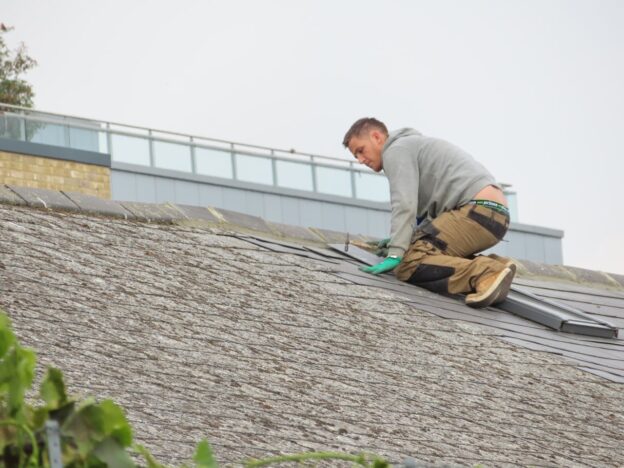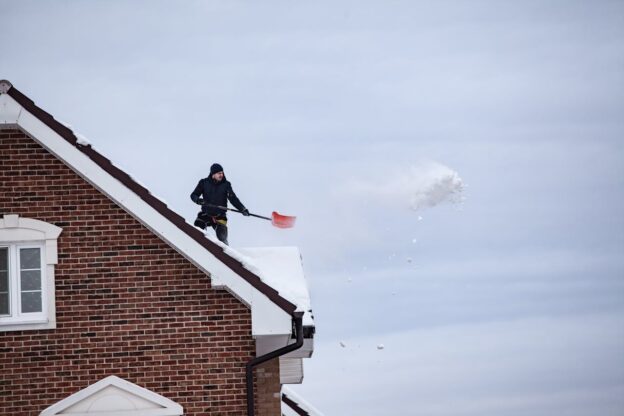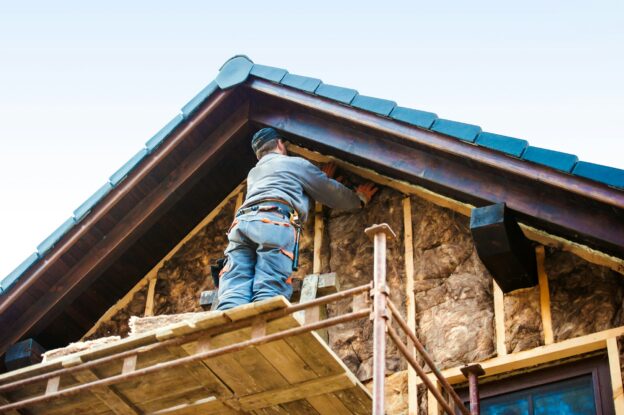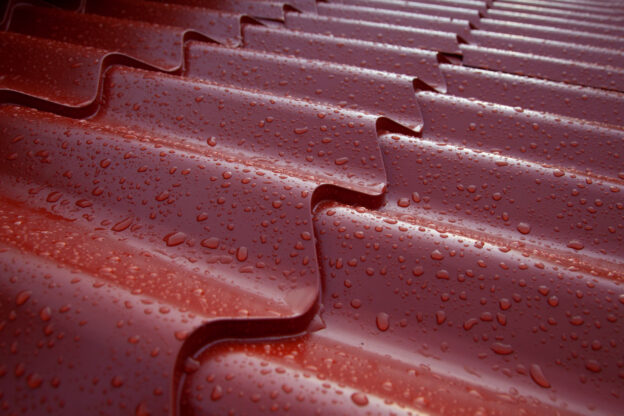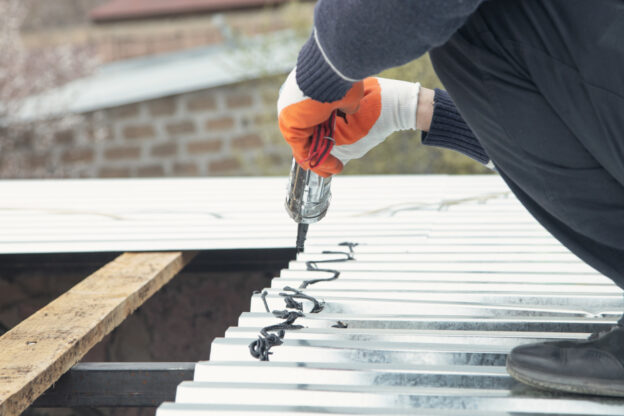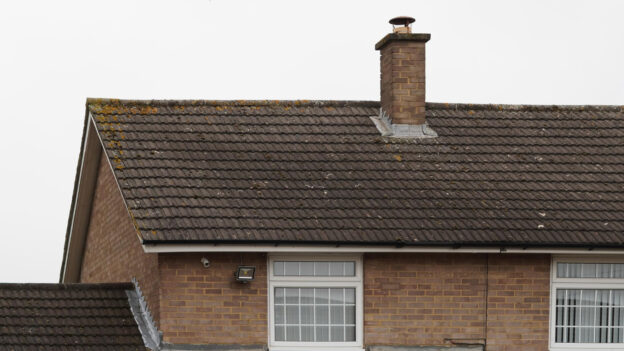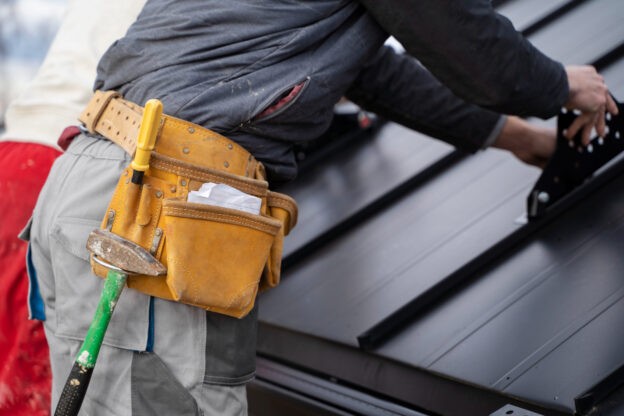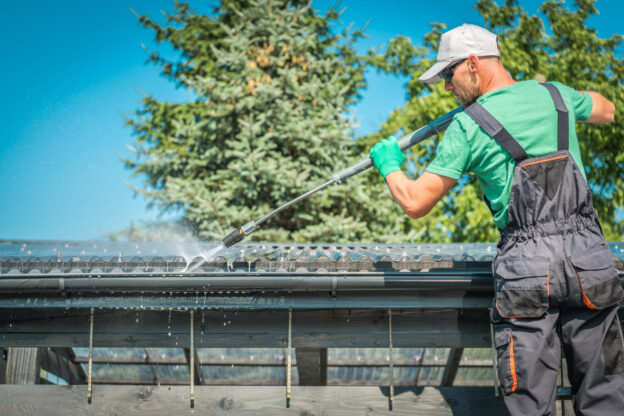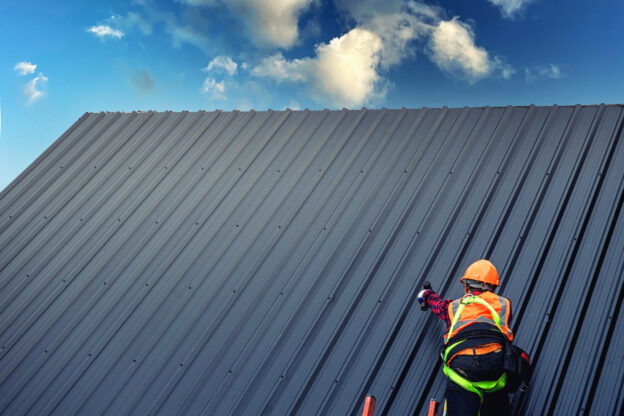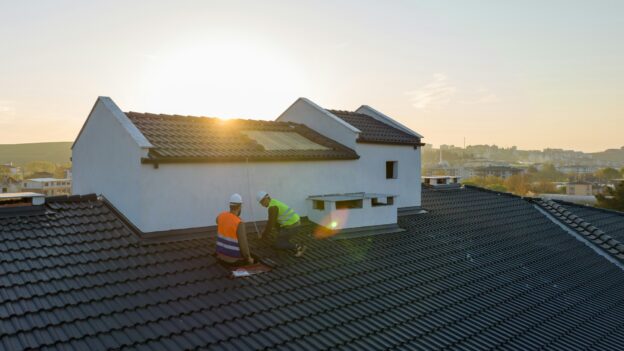Roof problems can sneak up on you if you’re not paying attention. Over time, tiny issues can turn into big headaches for your home. Whether it’s a missing shingle or a small leak, these problems can lead to serious damage if not caught early.
Taking the time to spot roof issues early can save you from expensive repairs down the road. By regularly checking your roof, you catch minor problems before they escalate. Regular roof checks are just as important as any other home maintenance task.
Our guide will walk you through simple signs of roof trouble, tips on safe inspections, and when it might be time to bring in an expert. Keep reading to learn how to keep your roof in top shape and protect your home investment.
Common Signs of Roof Problems
Curling or Missing Shingles
When it comes to spotting roof problems, one of the first things to check is the condition of the shingles. Curling shingles might mean your roof is aging, or that it’s been exposed to humidity and extreme weather. Missing shingles, on the other hand, leave your roof vulnerable to water damage. If you notice shingles in your yard or see gaps on your roof, it’s time to take action. Strong winds or heavy storms can easily lift loose shingles, so keep an eye on them, especially after bad weather.
Granules in the Gutters
Another telltale sign of roof problems is finding granules in your gutters. Shingles have a layer of granules on their surface to protect them from UV rays and harsh weather. As shingles age, they start to shed these granules, which can then accumulate in the gutters. If you spot a lot of granules, it’s an indicator that your shingles may need replacing soon. Regularly clearing out your gutters can help you keep track of this issue.
Stains on Ceilings or Walls
Water stains on your ceilings or walls might signal a leak in your roof. Leaks can occur when water seeps through damaged shingles or under flashing around chimneys. These stains are usually yellow or brown and can grow over time if the source of the leak is not fixed. Checking your attic for wet spots or mold can also help pinpoint where the leak is coming from. Addressing leaks promptly prevents further damage and costly repairs.
Inspecting Your Roof Safely
Safety Precautions Before Inspecting
Before you climb up to inspect your roof, it’s important to take some safety precautions. Always use a sturdy ladder and make sure it’s on a flat surface. Wear shoes with good grip to prevent slipping. It’s also a good idea to have someone with you who can hold the ladder or call for help if needed. Remember, safety comes first.
Tools You Need
Having the right tools can make roof inspection easier and safer. A good pair of binoculars is helpful for inspecting your roof without actually climbing on it. A flashlight is useful if you need to check dark areas in your attic. you might also want a notepad or smartphone to jot down any issues you spot. A camera can be handy for taking pictures to show a professional later.
Areas to Focus on During Inspection
When you’re inspecting your roof, there are key areas to focus on. Check the shingles for any signs of curling or missing pieces. Look at the flashing around chimneys, vents, and skylights to make sure it’s not cracked or loose. Also, examine the gutters, making sure water flows through them easily without blockages. Inside your home, inspect the attic for water stains or mold that might indicate a leak. Taking time to carefully inspect these areas can help you catch problems early and keep your roof in top shape.
Seasonal Roof Check-Up Tips
Spring and Summer Considerations
In the spring, after the harsh winter months, your roof might need some attention. Check for any damage from snow or ice, like cracked or missing shingles. Look for any debris that might have accumulated during storms and clear it away, so it doesn’t block gutters or downspouts. Summer heat can also cause shingles to warp or crack, so inspect for signs of wear from the sun. Keeping your roof free from leaves and branches helps improve its lifespan.
Fall and Winter Challenges
In the fall, ensure your gutters are clean as falling leaves can clog them. A clogged gutter can cause water to back up and lead to leaks in your roof. Before winter sets in, inspect your roof for any loose shingles that could be blown away by strong winds. Ice dams are a concern in winter, so keeping your attic well-insulated and ventilated can help prevent them from forming.
Maintaining a Roof Inspection Schedule
Creating a roof inspection schedule helps you remember to check your roof regularly. Aim for at least twice a year, in spring and fall, but don’t hesitate to inspect more often if you suspect damage from storms. A consistent schedule keeps small issues from developing into major problems. Write down your observations during inspections to track any changes over time. This proactive approach ensures your roof remains in top condition throughout the year.
When to Call a Professional
Identifying Issues Beyond DIY Repair
While some roof checks can be done by homeowners, certain issues require a professional touch. If you notice extensive damage, like a large number of missing shingles or significant leaks, it is best to call in experts. Also, if there is structural damage, such as sagging areas, professional assessment is crucial. Attempting DIY repairs on major problems can sometimes make things worse and lead to bigger expenses later.
Importance of Expert Evaluation
Professionals have the right tools and experience to assess and repair roof issues effectively. They know where to look for hidden problems and can offer solutions tailored to your needs. An expert evaluation provides peace of mind, knowing that all potential risks have been identified and addressed. Plus, professional repairs tend to last longer, ensuring your roof protects your home for years to come.
Finding Reliable Roofing Services
Choosing the right roofing service is essential for quality repairs and maintenance. Look for companies with a good reputation, positive customer reviews, and proper licensing and insurance. It’s also helpful if they have experience with your roof type or material. Reliable services provide clear communication, detailed estimates, and a commitment to getting the job done right. Don’t hesitate to ask questions to ensure your selected roofing professionals meet your expectations.
Conclusion
Keeping your roof in good shape is key to protecting your home and its value. By understanding the common signs of roof problems and learning how to inspect safely, you can prevent minor issues from turning into costly repairs. Regular seasonal check-ups help identify potential threats early, making maintenance easier and less expensive compared to emergency situations. Remembering these tips ensures your roof remains strong and reliable throughout the year.
If you’ve noticed any problems during your inspections or you’re unsure about the condition of your roof, don’t wait to seek professional guidance. Sutter Roofing’s team of roofers in Petaluma, CA is ready to assist with expert evaluations and repairs, ensuring your home stays safe and comfortable. Contact us today to get started on keeping your roof in top condition!

